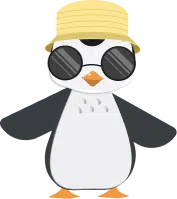Fine motor development is an intricate process that enables children to perform tasks requiring precision and control with their hands and fingers. Here’s a breakdown of how this development unfolds:
| Aspect |
Detail |
| Progressive Grasping |
Early on, children use a whole-hand grasp, which gradually refines to the precise use of thumb and fingertips. |
| Hand-Eye Coordination |
As children develop, their ability to synchronize hand movements with visual cues sharpens, allowing for intricate tasks. |
| Strength and Dexterity |
Regular activities increase the strength and flexibility of small muscles in the hands and fingers, essential for tasks like writing. |
| Practice Makes Perfect |
Through repetitive play and learning activities, fine motor skills become more efficient and accurate. |
Encouraging these skills through everyday activities can help children achieve milestones and build confidence in their abilities. Celebrate each small step; every little victory paves the way for greater independence and success.
This post was originally published on March 29, 2024. It was updated on Jan. 2, 2025.












